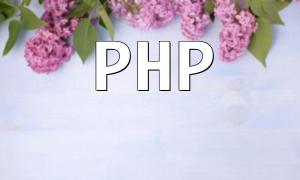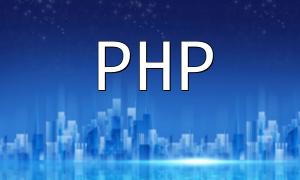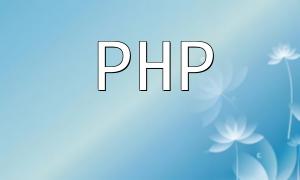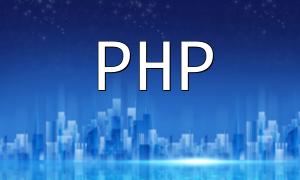Laravel provides a simple and flexible way to manage user permissions. By using user roles and permissions, developers can not only define specific access rules but also ensure the security and stability of the application. In Laravel, the Gate and Policy are typically used to manage complex permission logic.
Gate is a tool in Laravel for defining simple authorization logic, while Policy is more suitable for complex authorization logic, often associated with models. By using these tools, developers can create fine-grained permission control, allowing different types of users to access specific resources.
To define a Gate, it must first be registered in the AuthServiceProvider. You can implement a simple gate logic with the following code:
In this example, only users with the “admin” role can view posts.
Compared to Gate, a Policy can provide more complex authorization control. To create a Policy, you can use the following Artisan command:
In the generated Policy class, you can define all the relevant permissions for the Post model. For example:
In this example, only the post owner can update the post.
In addition to using Gate and Policy, Laravel also allows developers to use middleware for permission control. Middleware can check permissions before the request reaches the route, ensuring that users have the proper access. For example, you can add a middleware to a specific route:
This line of code ensures that only users with the “view-admin” permission can access this route.
When implementing PHP permission management in Laravel, following some best practices can help you manage user permissions more effectively:
Implementing PHP permission management in Laravel is not complicated, but it requires careful and thoughtful design. By properly using Gate, Policy, and middleware, developers can create a secure and efficient permission management system, offering a better user experience. Always focusing on best practices during development will greatly enhance the security and maintainability of the application.









